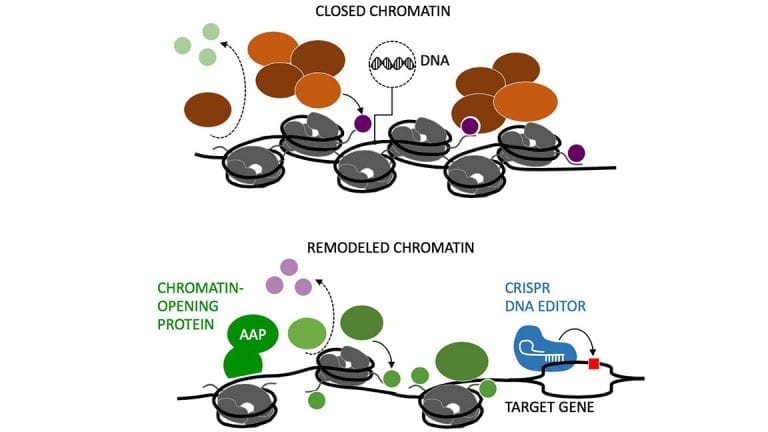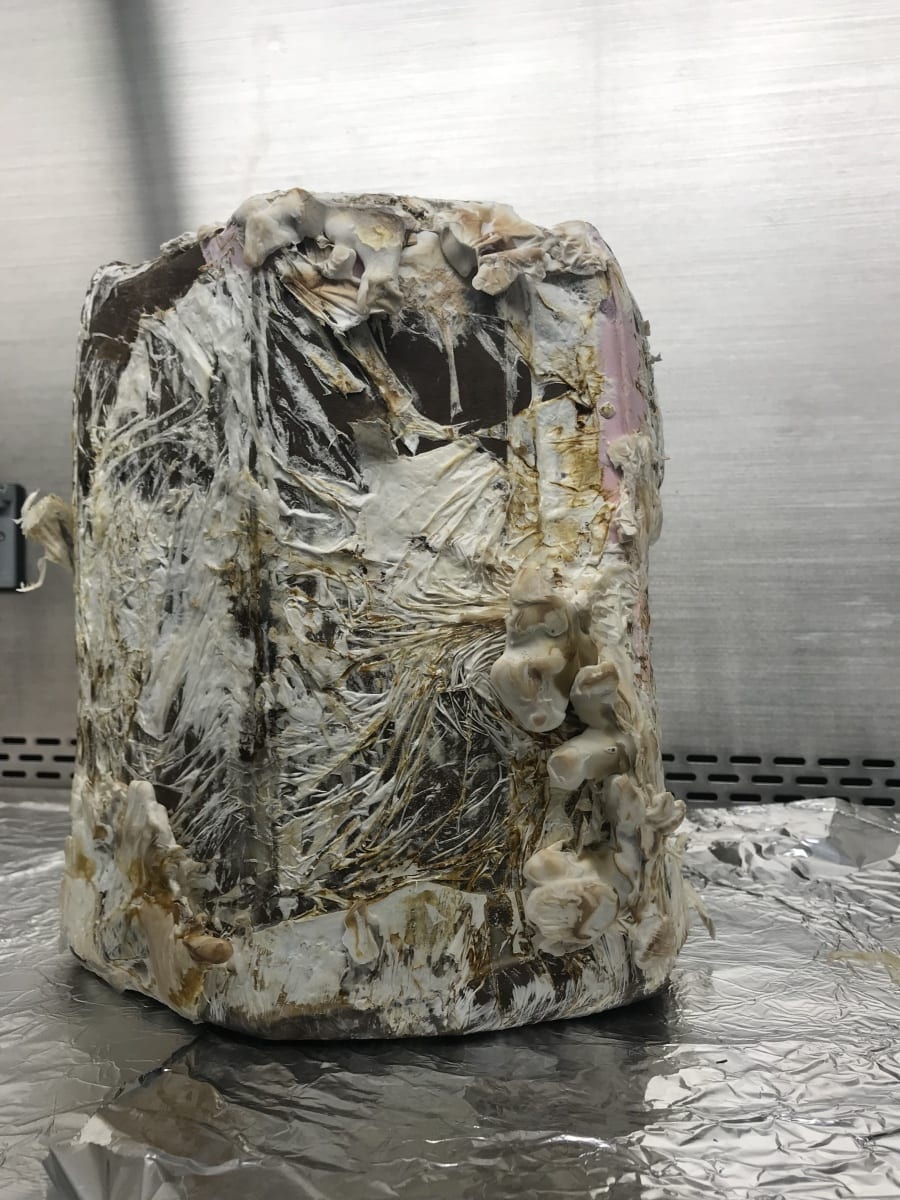The Latest Updates from Bing News & Google News
Go deeper with Bing News on:
Deleting disease
- APP C-Terminal Fragments Stifle Calcium Flow from ER to Lysosomes
C-terminal fragments of amyloid precursor protein have been blamed for endolysosomal dysfunction in Alzheimer’s disease. Now, scientists led by Wim Annaert at KU Leuven, Belgium, claim that’s because ...
- CDC: Deer meat didn't cause hunters' deaths; concerns about chronic wasting disease remain
There have been no cases of chronic wasting disease in people to date, the CDC says. But it is still investigating the potential risks.
- I'm a Nutritionist. Here’s Why I Can't Stand Online Nutrition Advice
When I scroll through social media and see what counts as nutrition information, I cringe,” writes Desiree Nielsen, RD.
- Your Guide to Medication Options for Crohn’s Disease
Crohn’s disease medications can help suppress the immune system and reduce inflammation. Changes to diet and other lifestyle factors can also help. In some cases, a doctor may recommend surgery.
- Solving the riddle of the sphingolipids in coronary artery disease
Investigators have uncovered a way to unleash in blood vessels the protective effects of a type of fat-related molecule known as a sphingolipid, suggesting a promising new strategy for the treatment ...
Go deeper with Google Headlines on:
Deleting disease
[google_news title=”” keyword=”deleting disease” num_posts=”5″ blurb_length=”0″ show_thumb=”left”]
Go deeper with Bing News on:
Protein editorial assistants
- Neuroscientists Warn of 'Cascading' Alzheimer's Risk From These Two Habits
The habits produce a "synergistic effect" on our risk of developing Alzheimer's Disease and general cognitive decline.
- The UW’s Institute for Protein Design keeps boosting startups, fueling AI-powered science
University of Washington Institute for Protein Design head David Baker (left) and assistant professor Neil King show off molecular models of proteins. (UW ...
- 4 Reasons Weight Loss Drugs Aren't Working for You
Sleeping poorly and being stressed out can also limit the body’s ability to lose weight. A lack of rest often leads to an imbalance in hunger hormones, which stimulates appetite and encourages fat ...
- Koç University Researchers Uncover SNUPN Gene Responsible for a New Muscular Disorder
Koç University researchers have uncovered a new muscular disorder linked to SNUPN deficiency. Published in Nature Communications, this groundbreaking ...
- How are alternative protein players finding solutions for consumers, retailers?
While alternative protein sales and units declined notably in recent years, players cite improved food science, commercial scale, production and navigation of retailer expectations during the Natural ...
Go deeper with Google Headlines on:
Protein editorial assistants
[google_news title=”” keyword=”protein editorial assistants” num_posts=”5″ blurb_length=”0″ show_thumb=”left”]










